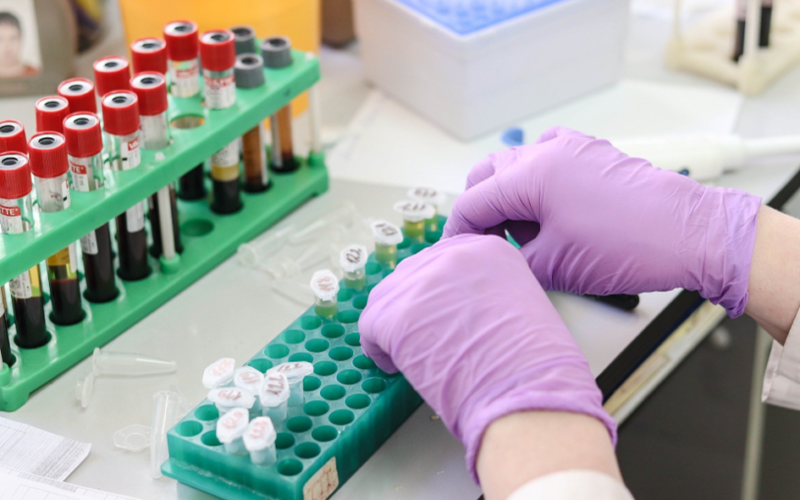A study published in the Journal of the National Cancer Institute showed that Type 2 Diabetes Mellitus (T2DM) patients have a 40% higher risk of cancer than the average person.
Cambridge, MA (Business Northeast) – Researchers have found that T2DM is associated with an increased risk of a variety of cancers, and patients have an increased risk of cancer by about 40% within 6 to 8 years after suffering from T2DM. Patients with T2DM need to pay more attention to their weight and eating habits to maintain their physical health.
T2DM & CANCER
The researchers followed up and analyzed 159,033 subjects aged 30-75 years in the United States, 71% of whom were women. The researchers counted participants’ basic health indicators, cancer and T2DM family history, lifestyle, cancer history, chronic disease history, and other information through the questionnaire.
Researchers collected the incidence of cancer and T2DM during the study and followed up with subjects every two years to update the information. During the average follow-up period of 30 years, 43,849 cases of cancer occurred. Researchers found that T2DM is associated with an increased risk of cancer, with liver cancer having the highest risk, an increase of 239%.
In addition, the risk of colorectal cancer is increased by 21%, the risk of lung cancer is increased by 27%, the risk of pancreatic cancer is increased by 107%, the risk of esophageal cancer is increased by 85%, the risk of kidney cancer is increased by 18%, and the risk of thyroid cancer is increased by 49%. The risk of gallbladder cancer increased by 33%, breast cancer risk increased by 26%, and endometrial cancer risk increased by 26%.
Researchers said that T2DM and cancer have some common risk factors, such as excess weight, unhealthy diet, smoking, drinking, and lack of exercise. Management of these risk factors will help to reduce the risk of cancer and T2DM better.
Pay attention to BMI
Obesity has a great impact on health. In addition to causing the physical decline, it may also lead to related diseases such as diabetes and high blood pressure. Obesity often occurs unknowingly, and the public should check their weight from time to time.
Regularly weigh yourself, and then calculate the Body Mass Index (BMI) to assess whether the weight is standard. BMI is calculated as your weight (in kilograms) divided by the square of your height (in metres) or BMI = Kg/M2.
Less than 18.5 = Underweight
Between 18.5-24.9 = Healthy Weight
Between 25-29.9 = Overweight
Over 30 = Obese
Pay attention to Exercise & Diet
During the lockdown period, it is recommended that the public use treadmills and fitness equipment to exercise at home. You can also dance by following videos on the Internet. In addition, you can use simple equipment such as skipping rope and hula hoops to move your body.
Control your diet! Take a balanced intake of 6 types of food, including grains, protein, vegetables, fruits, dairy products, and nuts, to meet the body’s nutritional needs. You can drink a cup of 240ml of dairy products every day and get calcium through dairy products.
Reducing food intake and increasing exercise are the key points for weight loss. Although it may be painful at first, you will get used to this healthy life later. Use perseverance to maintain weight and make your body healthier.
Related information: Incident Type 2 Diabetes Duration and Cancer Risk: A Prospective Study in Two US Cohorts










